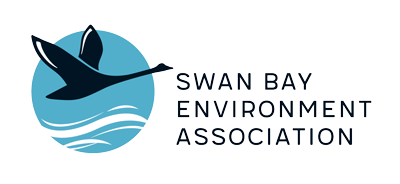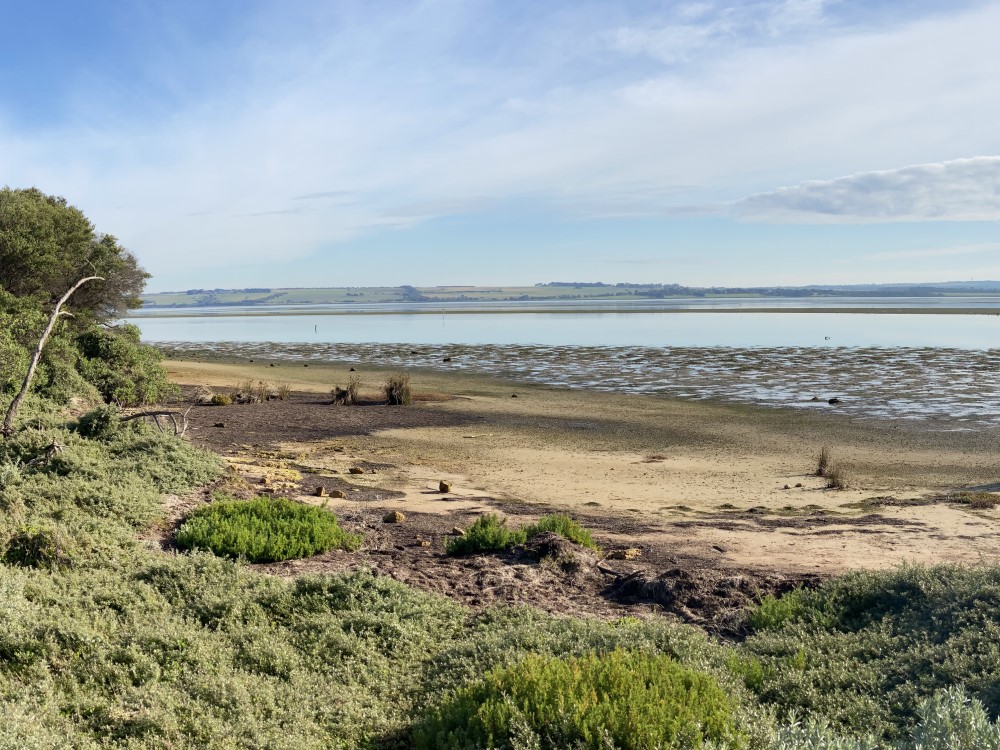
Formation of a coastal lagoon
Several thousand years ago the level of the sea in Port Phillip Bay was higher than today. The land between St Leonards and Ocean Grove was covered by a shallow sea where large numbers of shellfish lived. As the shellfish died, they sank to the bottom and their shells formed thick deposits now harvested as shell grit.
When the seas retreated, the waters in Lake Victoria and Swan Bay remained. Sand that had entered Port Philip Bay was pushed along by longshore currents, forming sandy spits – Swan Island and Edwards Point – at either end of Swan Bay. Swan Island, Duck Island and Edwards Point now partly separate Swan Bay from Port Phillip Bay.
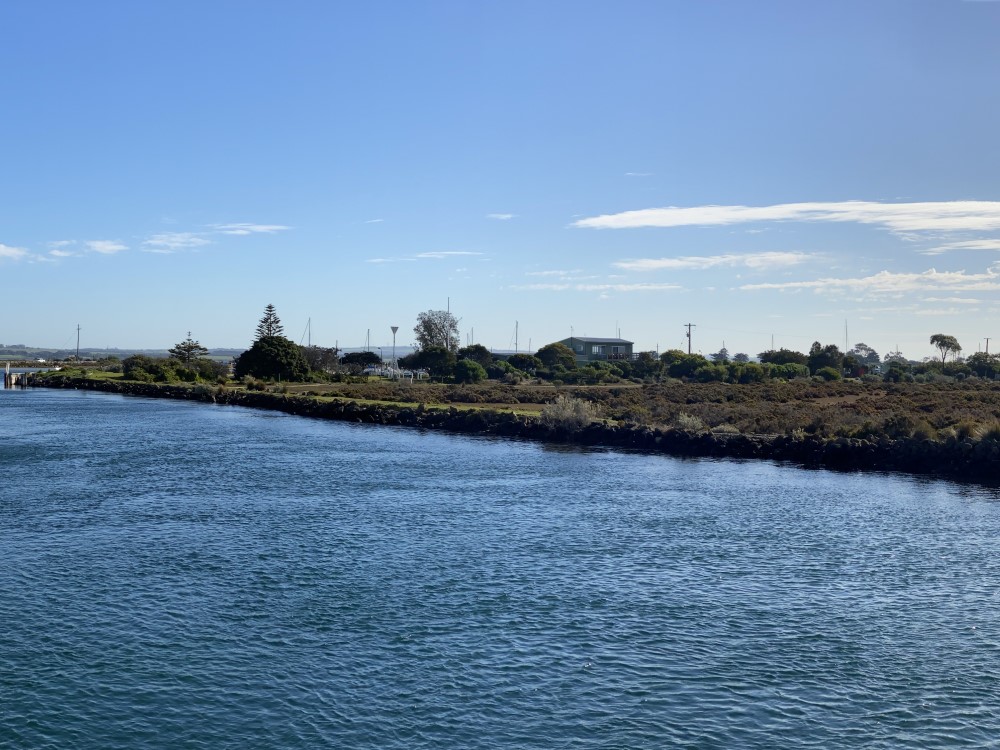
Tidal ebb and flow
Each day there are two high tides and two low tides in Swan Bay. The tidal range – the difference between low and high tide heights – is 20 centimetres for neap tides and 80 centimetres for spring tides. Tides flow in and out of Swan Bay through two entrances.
About 70% of the tidal exchange occurs through the larger entrance between Edwards Point and Swan Island. The remaining 30% flows out through ‘The Cut’, an artificial channel that separates the western end of Swan Island from Queenscliff. Swan Bay’s shallow depth and flat seabed are why more than 1200 hectares of tidal flats can be exposed at low tide.
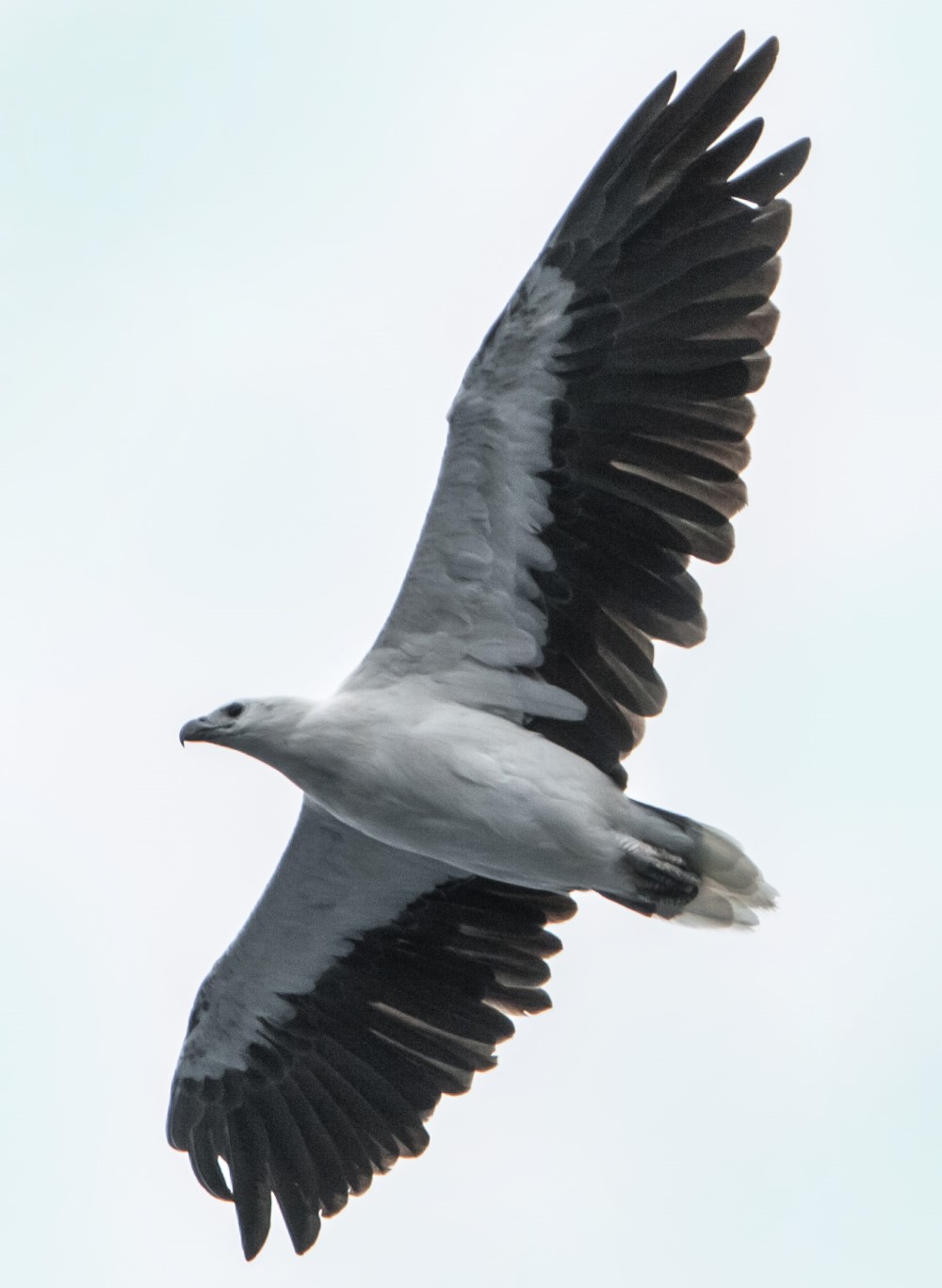
Chains of food
Predators, prey and tiny animals in the seabed are linked by Swan Bay’s food chains. The White-bellied Sea Eagle tops the food chain, feeding on fish, waterbirds and mammals. The fish could be King George Whiting, the bird a young Black Swan and the mammal a Rakali (Water Rat).
The diet of the whiting includes tiny crustaceans known as amphipods as well as larger prey like the Ghost Shrimp and worms. Rock crabs are eaten by the Rakali. The remains of the crab meals can be seen on the Rakali’s ‘feeding tables’ (see photo below taken by local marine ecologist Greg Parry).
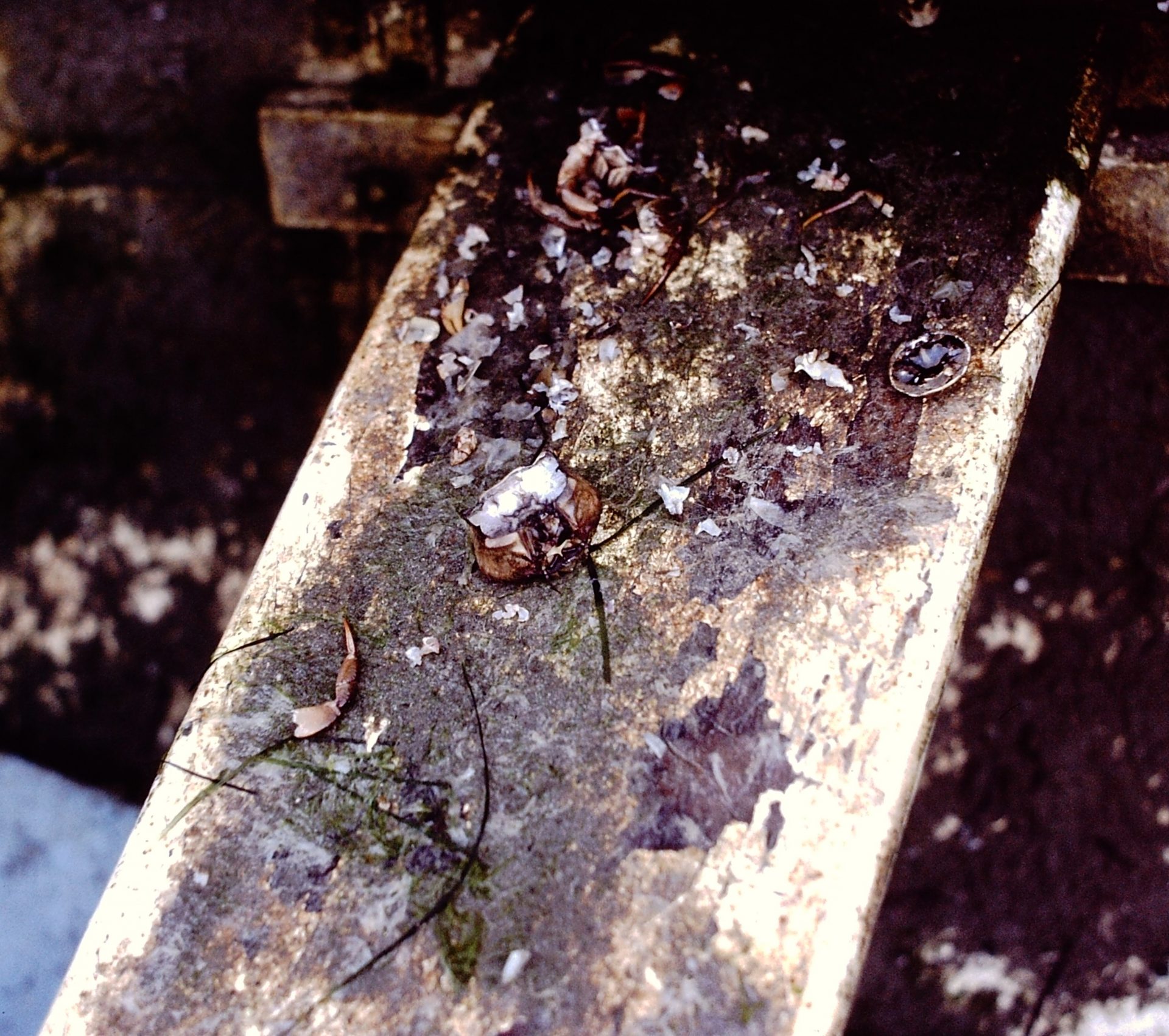
The Black Swan feeds mostly on the rhizomes of the intertidal seagrass, Dwarf Grass-wrack, Zostera muelleri. Swan poo, dead animals and the broken leaves of seagrass sink to the seabed. There they are eaten by microscopic animals, crabs and worms living in and on the mud and sand.
Black Swans vs seagrass
Seagrasses are the main food source for Black Swans, which at times can number more than 3000 in Swan Bay. With those numbers, the amount of seagrass that the swans eat is large. That has a visible impact on the seagrass meadows, which can be seen in the two photos below, taken by Greg Parry. These were taken in 1988 near the stormwater outfall at the bottom of Learmonth Street as part of a marine science project in 1988.
The first photo below shows a plot fenced off to prevent grazing of the seagrass by the swans. The second photo below shows the same plot but also many small pools where the swans have removed the seagrass.
Although the seagrass meadows are affected in this way, the broken seagrass leaves, stems and roots become food and shelter for many other marine animals.
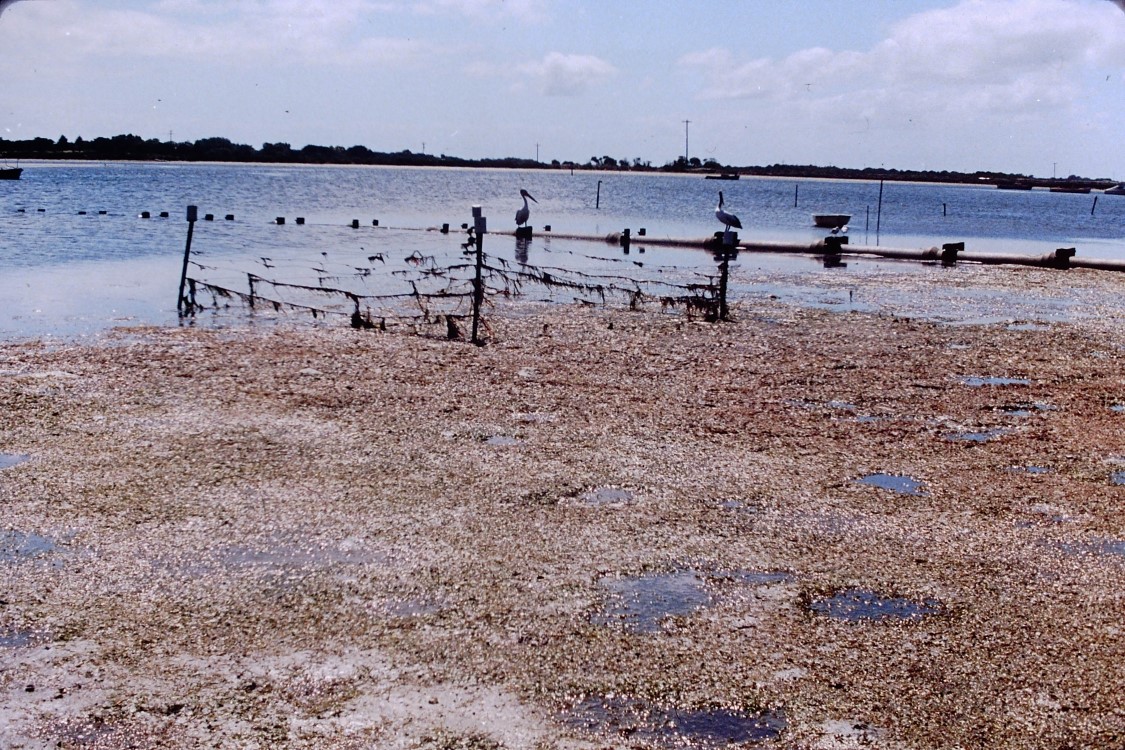
Seagrass before grazing by Black Swans
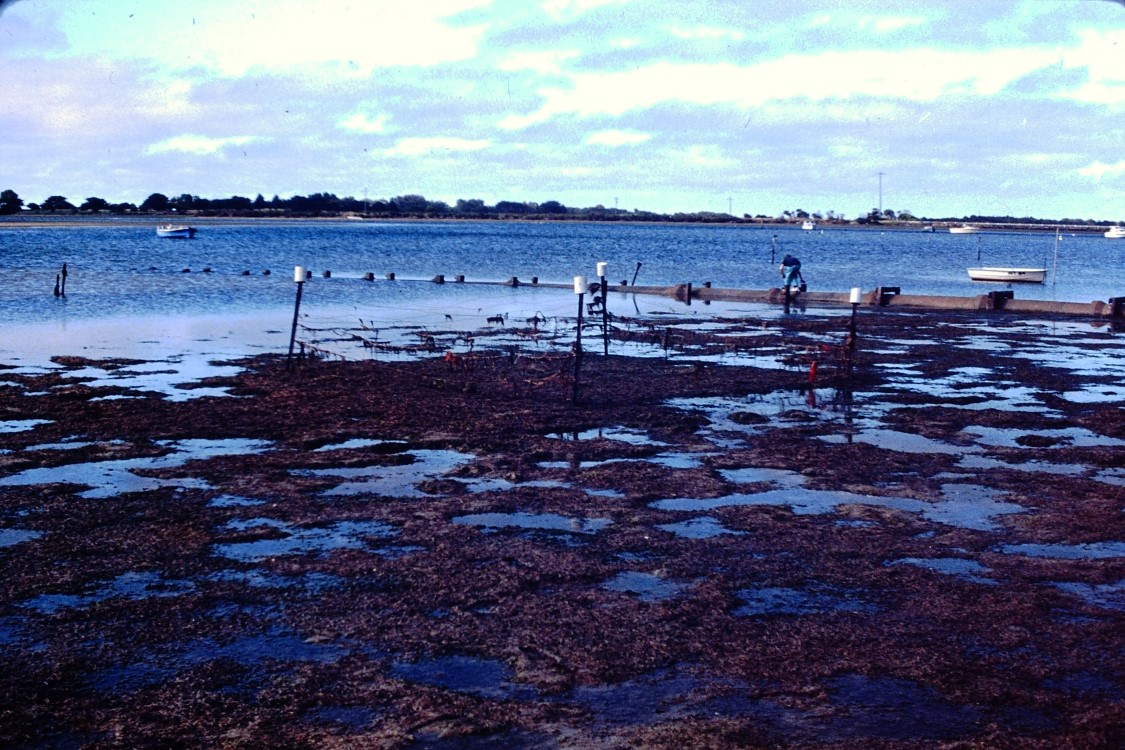
Seagrass after grazing by Black Swans
